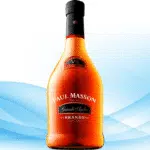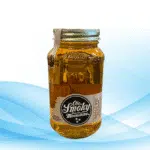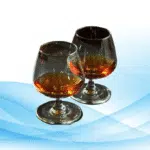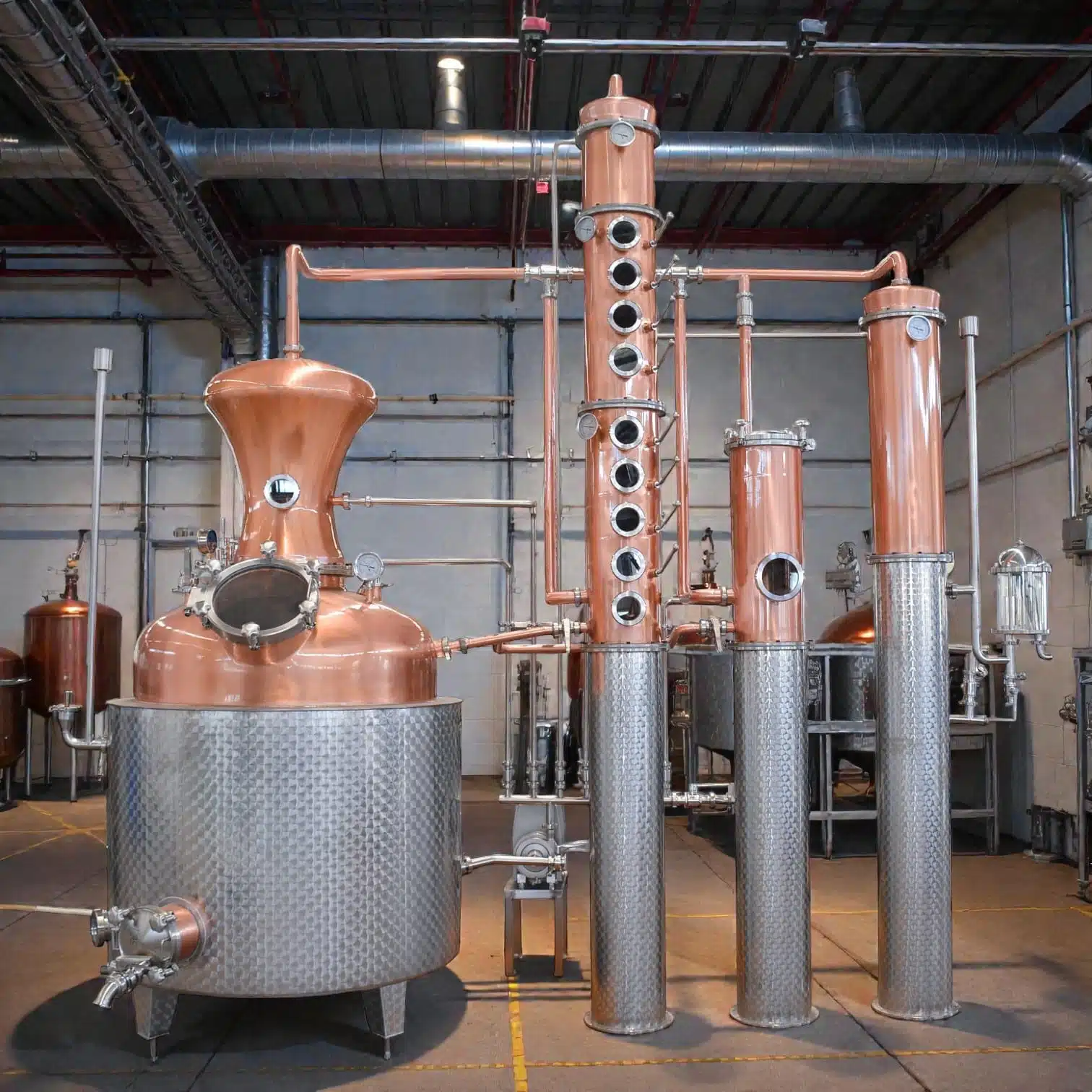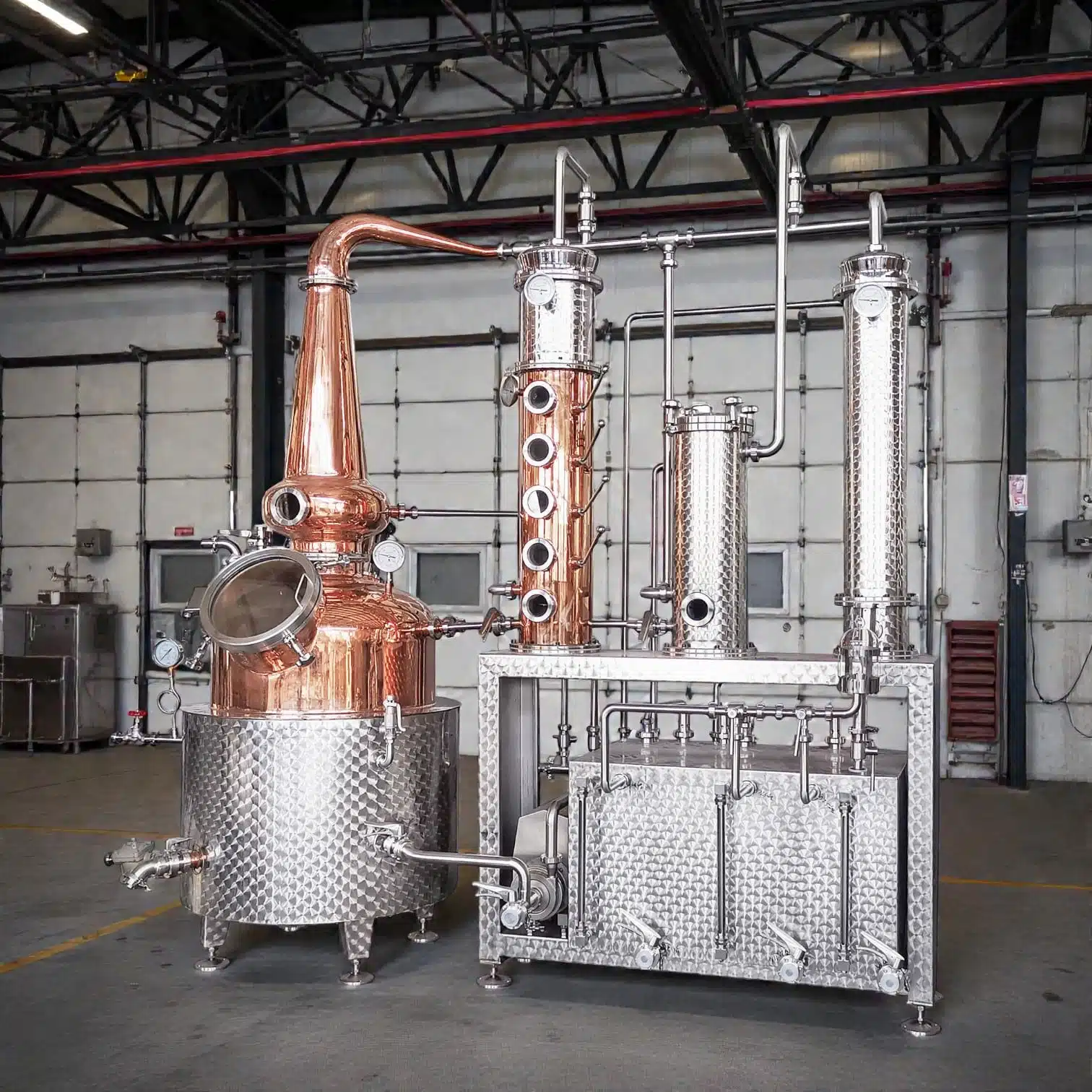What Is Gin?
Gin is an aromatic spirit distilled from juniper berries that is often enjoyed neat or mixed into cocktails as a key component. It offers versatility when served neat or on the rocks!
“Gin” derives its name from the Dutch word “jenever”, which in turn stems from “juniperus,” Latin for juniper.
Gin production uses many botanicals beyond just juniper as its core component; from common spices like cinnamon or cloves to more exotic plants that impart different characteristics in various gins.

The Historical Evolution of Gin
Gin is an intricate spirit renowned for its versatility in flavor.
First created for medicinal uses by Dutch distilleries known as jenever and used to cure ailments including stomach ailments.
In England’s 17th-century Golden Age, gin rapidly gained in popularity due to its cost-cutting production processes; thus leading to widespread consumption and what became known as “Gin Craze.” Unfortunately, however, this period saw social problems arise that eventually resulted in new legislation regarding production regulations for this spirit.
Even after its turbulent past, gin has seen an increased popularity thanks to craft distilling movement and renewed interest from consumers.
Distilleries across the US have opened to serve this thirst-quencher.
Gin production and regulation has over time evolved, giving rise to an extensive and sophisticated variety of gins available today.
The introduction of the column still in the 19th century allowed for cleaner and more consistent distillation, paving the way for the modern gin we know.

The Core Ingredients of Gin
At its core, gin is a distilled spirit that must have a predominant flavor of juniper berries. However, production of gin involves various botanicals and ingredients which contribute to its unique flavor profile.
- Juniper Berries: The defining ingredient of gin, juniper berries impart the characteristic piney, resinous flavor. These berries come from Juniperus communis plants and can often be found in Italy, Macedonia or Balkan countries.
- Botanicals: While juniper is essential, gin’s complexity comes from a variety of additional botanicals. Common botanicals include:
- Coriander Seeds: Adds spicy, citrusy notes.
- Angelica Root: Contributes earthy, woody flavors and acts as a binding agent for other botanicals.
- Orris Root: Provides floral, violet-like aromas and helps stabilize other flavors.
- Citrus Peels: Often lemon or orange peels, adding bright, zesty notes.
- Cardamom: Imparts a warm, spicy-sweet flavor.
- Licorice Root: Adds sweetness and complexity.
- Cinnamon: Provides warm, sweet-spicy undertones.
- Almonds: Contribute a subtle nutty flavor and smooth texture.
- Base Spirit: Gin starts with a neutral grain spirit, which is a high-proof alcohol made from grains like barley, corn, rye, or wheat. This neutral spirit acts as a blank canvas, allowing the botanicals to shine.
Quality base spirit is of great significance, as its impact echoes through to the final product’s purity and smoothness.
Production Process For Gin
Gin production requires several key steps, from selecting botanicals to distillation and bottling.
Here’s a detailed look at the process:
- Maceration: The process often begins with maceration, where the botanicals are soaked in the base spirit to extract their flavors.
- Distillation: After maceration, the mixture is distilled to separate the alcohol from the water and impurities. There are several methods of distillation used in gin production:
- Pot Distillation: The traditional method involves distilling the macerated spirit in a pot still.
- Column Distillation: Modern distilleries often use column stills, which allow for a continuous distillation process and produce a cleaner, more neutral spirit.
- Vapor Infusion: In this method, the botanicals are placed in a basket within the still. As the alcohol vapor rises, it passes through the botanicals, picking up their flavors.
- Dilution and Bottling: After distillation, the spirit is diluted with water to the desired bottling strength, typically between 37.5% and 47% alcohol by volume (ABV).
Types of Gin
There are several styles of gin, each with its own characteristics and production methods:
- London Dry Gin: Despite its name, London Dry Gin can be produced anywhere. All flavors must be introduced through redistillation with botanicals.
- Plymouth Gin: This style can only be made in Plymouth, England. It is slightly sweeter and more earthy than London Dry Gin, with a softer juniper profile.
- Old Tom Gin: A sweeter style of gin, Old Tom Gin is often associated with 18th-century England. It is less common today but is making a comeback in craft cocktails.
- Genever: The Dutch predecessor to modern gin, genever is maltier and more robust, often resembling a blend of gin and whiskey. It comes in two main styles: oude (old) and jonge (young), which refer to the distillation methods rather than the age.
- New Western or Contemporary Gin: These gins place less emphasis on juniper and more on other botanicals, offering innovative and diverse flavor profiles.
Water Is Essential in Gin Production
Distillers typically employ high-grade water sources with purer mineral composition for optimal flavoring; its source and mineral content have significant bearing on taste and mouthfeel of finished gin products.
Gin’s Versatility in Cocktails
Here are a few classic and contemporary gin cocktails:
- Gin and Tonic: A simple yet iconic cocktail, combining gin with tonic water and garnished with a slice of lime or lemon.
- Martini: A sophisticated mix of gin and dry vermouth, garnished with an olive or a twist of lemon.
- Negroni: A bold, bitter-sweet cocktail made with gin, Campari, and sweet vermouth.
- Tom Collins: A refreshing mix of gin, lemon juice, sugar, and soda water.
- Aviation: A floral and slightly sweet cocktail made with gin, maraschino liqueur, crème de violette, and lemon juice.
- French 75: A sparkling cocktail combining gin, lemon juice, sugar, and champagne.

